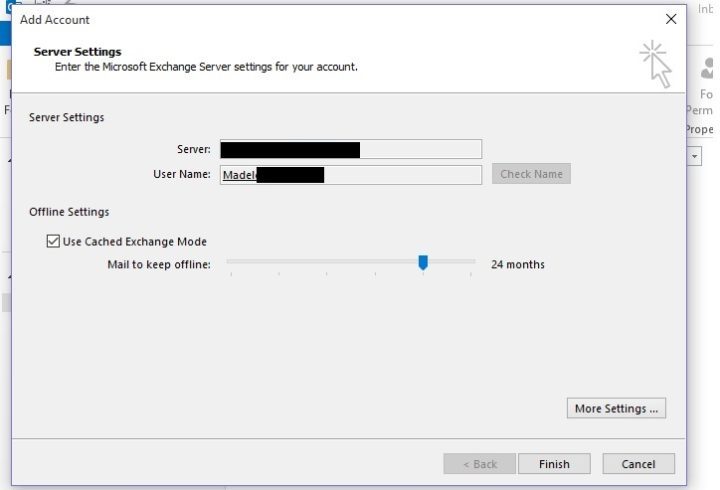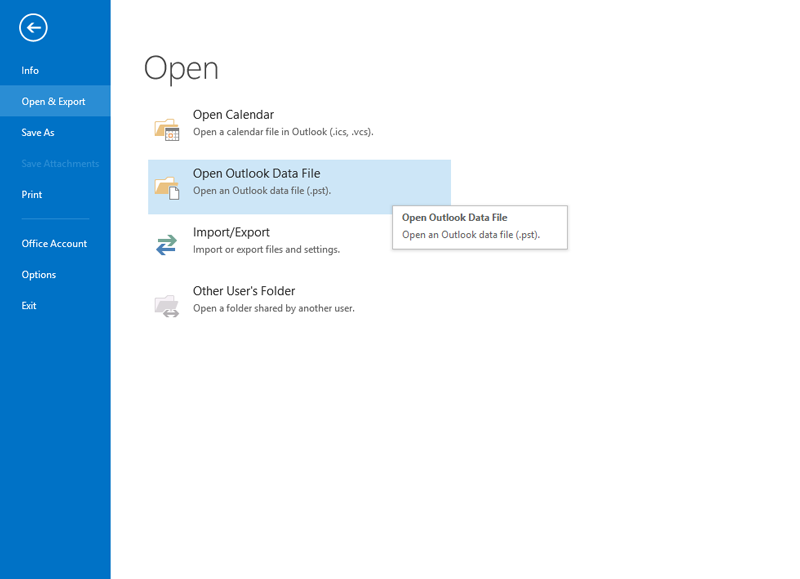
If your computer gets damaged, only the cached OST files will be lost - the data backed up on the mail server will remain intact. So you have access to your accounts independent of location and device. The big advantage of an Outlook OST file is that it is stored centrally on the mail server.
Change outlook data file location 2016 ost Offline#
Whereas downloaded, locally stored PST files can be updated even when offline (for example, when you move or delete messages), changes to an OST file are not synchronised with the data on the server until you go back online with your account. Outlook uses OST files for Outlook 365, Exchange, IMAP, and accounts to allow users to access emails and information offline. The original files remain secure and centralised on the mail server. Outlook does not download your information from the mail server to store it locally on the device but creates local data copies in the cache. With current versions of Microsoft Outlook, your emails and data are stored in the form of OST files. Other practical aspects of the Outlook service include the option to retrieve emails, and the possibility to recover accidentally deleted Outlook mails.

It archives and organises emails and data from calendars, journals, and schedulers and makes them available on the computer even without an Internet connection. Microsoft’s Outlook email client makes work easier. However, the definition of ‘Offline Outlook Data File’ is more accurate and therefore more commonly used. Originally, the abbreviation ‘OST’ stood for ‘Outlook Storage Table File’. Strictly speaking, this is not true, because then it would have to be called ‘OOD’.


When asked what ‘OST’ stands for, you often get the answer that is an offline Outlook data file.


 0 kommentar(er)
0 kommentar(er)
